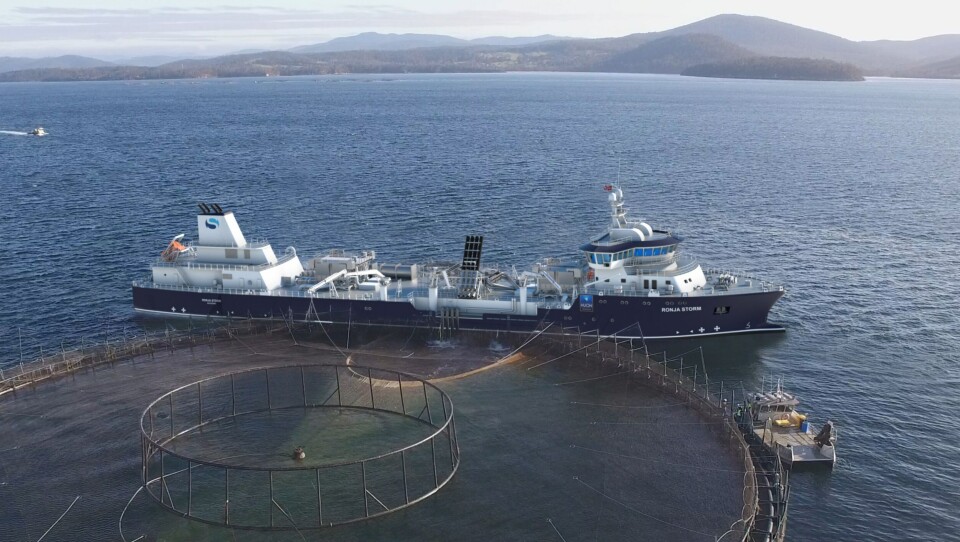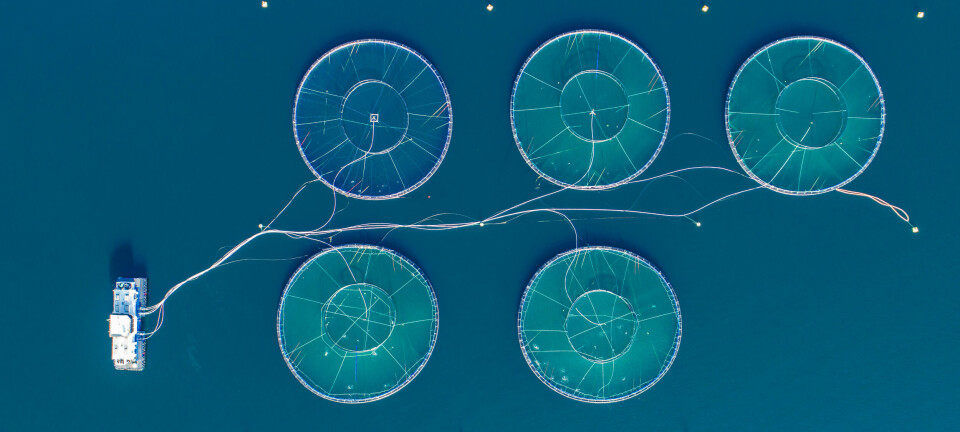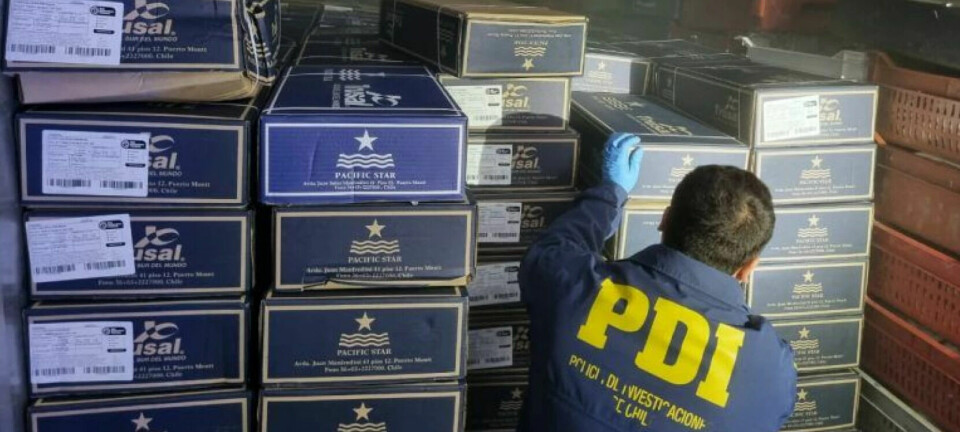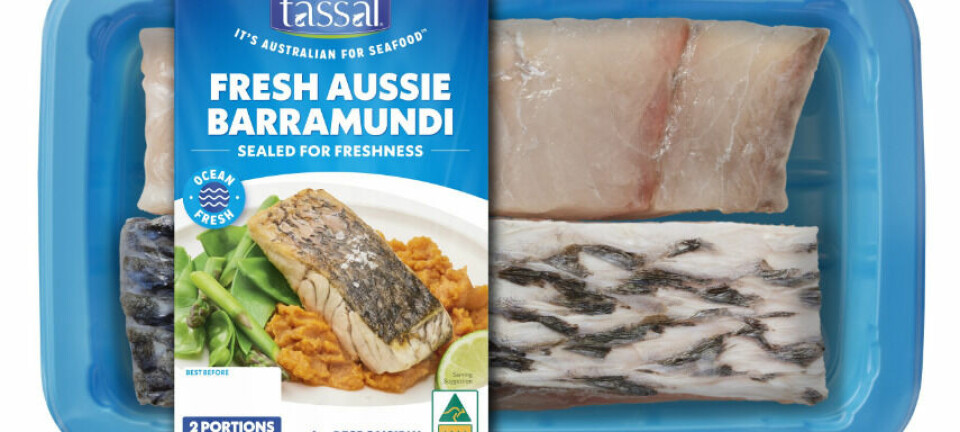
Ronja Storm nears Tasmania after months of delays
After almost seven months of delays, the world’s biggest wellboat, the Ronja Storm, is approaching Tasmania and is expected to arrive on Sunday.
“The trip from Norway to Tasmania has mostly gone as expected. Some days had very bad weather to start with, so it was late,” Roger Halsebakk, founder and chief executive of the ship’s owner, Sølvtrans, told Fish Farming Expert’s Norwegian sister site, Kyst.no.
The vessel has now been en route from Norway to Tasmania for about 50 days, for safety reasons via the Panama Canal. As of December, the Ronja Storm has been contracted to Tasmanian salmon farmer Huon Aquaculture Group.

Tough negotiations
“Our long-term contract with the customer started when we moved in after quite tough negotiations with the construction yard in Norway, which had been in a difficult financial situation and needed help,” Halsebakk told Kyst.no.
The wellboat is now expected to arrive in Tasmania on Sunday where representatives from the Huon Aquaculture Group will be welcomed aboard by Halsebakk and several other Sølvtrans executives.
“A few days’ clearance is expected before the boat starts to carry fish. The customer, who has waited too long for the boat due to delays, is of course happy that the boat is finally approaching,” said Halsebakk.
Daily fine
The delays have proved expensive for Sølvtrans, the world’s biggest wellboat operator.
“We focused on getting the boat delivered and shipped. To achieve this, we had to pay advance payments to suppliers to complete the ship,” said Halsebakk.
He explained that the company had to pay a daily fine for late delivery, approximately seven months.
“We also had to agree to pay tens of millions to meet the construction yard’s obligations with subcontractors, including the yard’s own subsidiary.”
Fresh water
Tasmanian salmon farmers use big cages, typically 240 metres in circumference, and the 116 metre-long Ronja Storm has been designed to treat large numbers of fish quickly.
The vessel can produce as much as 700m³ of fresh water per hour using reverse osmosis to treat amoebic gill disease (AGD), which is a particular problem in Tasmania.
The Ronja Storm’s freshwater tanks have a 5,500m³ capacity, and its fish tanks have a capacity of 7,450m³.




















































